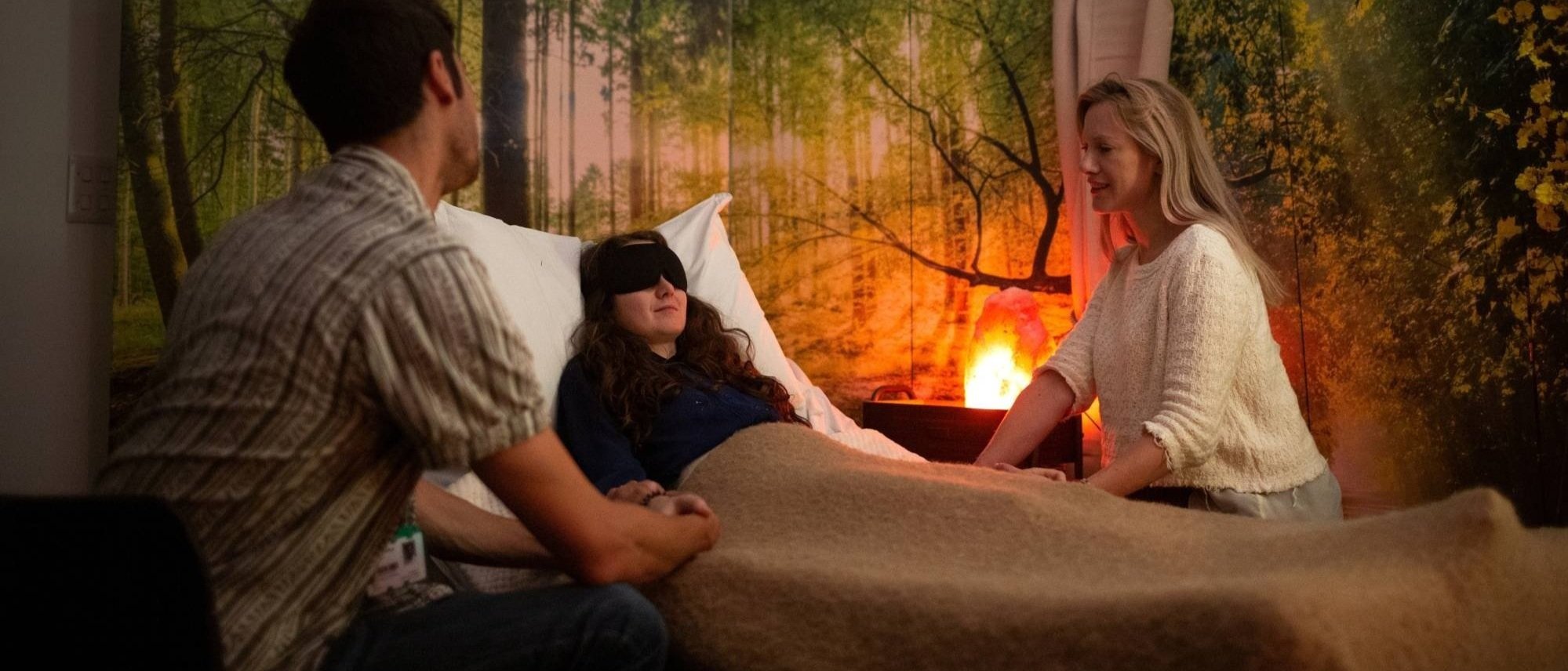
Why psychedelic therapies?
Mental health crisis
Mental health is critically important to everyone, everywhere. And yet, over recent decades, we've observed a dramatic decline in mental health and wellbeing. Mental health disorders, including depression, anxiety and alcohol use disorders, affect more than one in six people, i.e. 84 million people across the European Union, in any given year. The OECD reports that half of the population will experience mental illness in their lifetime. WHO Europe estimates that three out of four people with major depression do not receive adequate treatment. According to the EMA, up to 50% of treated patients experience an incomplete response or resistance to treatment. One-third of people with treatment-resistant depression will attempt suicide at least once in their lifetime and, each year, 120,000 people die by suicide in Europe. Individuals with severe mental disorders have a life expectancy 10 to 20 years shorter than the general population. 55 million adults in the EU drink to harmful levels, 23 million of whom are considered addicted. 14% of people with alcohol use disorder receive treatment, and, of those, 75% relapse within 12 months.
We all recognise that mental healthcare is in crisis, and we lack the tools to truly help many people in need. While it is true that there are plenty of people who wouldn’t be here if it weren’t for antidepressants, there are also millions who are on them and continue to struggle. Some suffer because they don’t respond to treatments, while others experience unpleasant side effects such as increased weight gain, lack of libido or sleep problems. Perhaps most importantly, antidepressants treat symptoms rather than the root cause of the condition and often require long-term or indefinite use.
Innovation challenges in brain research
Understanding our brain is an enormous task and brain research is extremely complex. Despite significant scientific efforts, mental and neurological conditions lead the list of diseases without a known cure. Estimates suggest that, at the current pace, by 2040 we can prevent only a small proportion of the burden from neurological and mental health conditions: 23% and 14% respectively.
In the last several decades, there has been no significant innovation in the area of mental disorders. For exampe, in the last five years, 5 new psychiatry treatments were approved by Europe compared to 120 in cancer. A paper by the European Commission, "Scoping Study on Evidence to Tackle High-Burden Under-Researched Medical Conditions", identifies mental disorders as the number one under-researched area.
The good news is that innovations that can completely change the lives of patients continue to emerge, and psychedelic compounds are one such extremely promising area.
Renaissance of psychedelic therapies
Psychedelic therapies are emerging as a potent new class of treatments for brain disorders, including addictions, as suggested by a rapidly growing, rigorous, and compelling body of research. Research on compounds with psychedelic properties began in the 1950s but was halted for several decades due to the so-called “war on drugs”. In recent years, it has restarted, with groundbreaking findings published in prestigious journals such as The Lancet, Nature Medicine, and the New England Journal of Medicine. Top-tier US universities like New York University, Johns Hopkins, and the University of California are following the example of Imperial College London in the UK, which in 2019 became the first to establish a center dedicated to the study of psychedelic compounds. Psychedelics are also increasingly being researched in the context of many neurological disorders.
The renaissance of research into the neuroscience and therapeutic applications of psychedelics therapies represents one of the most promising and important initiatives in brain science and neuropsychopharmacology in recent times.
Despite their enormous potential for healing, psychedelic substances are still classified as Schedule I drugs under the 1971 Convention on Psychotropic Drugs, causing major hurdles for research. Nonetheless, between 2017 and 2019, the US FDA granted Breakthrough Therapy designation to psychedelic therapy for three trials investigating: i) psilocybin for treatment resistant depression, ii) MDMA for post-traumatic stress disorder (PTSD) and iii) psilocybin for major depressive disorder. In 2024, the two additional breakthrough designations were granted for LSD for the treatment of generalized anxiety disorder (GAD) as well as an adjunctive psychedelic based therapy for the treatment of major depressive disorder. Currently, there are over 100 psychedelic-based treatments in various phases of clinical trials. . In 2022, Australia became the first country to officially regulate the medical use of psychedelics for the treatment of PTSD and depression. . Currently, there are around 30 ongoing clinical trials with psychedelic compounds in the EU for a range of brain disorders as well as for alleviating existential distress in end-of-life care.
An illustration of the functional connections between neurological activity in (A) subjects given a placebo and (B) those given psilocybin. From Petri et al. (2014).
Timeline
A unique combination of medicine and therapy
The fundamental therapeutic benefit arises from the synergistic combination of psychedelic medicine and therapy. It is not merely a molecule at work, but rather these are experiential treatments where psychedelic medicine empowers patients by enhancing self-reflection and self-directed change. It opens a unique therapeutic window which facilitates meaningful and lasting benefits to well-being. That work is most efficiently done in relationship with a trained therapist.
In other words, it’s the intense psychotherapy that transforms hallucinogens from a state of enjoyment (or a bad trip) into a medicine. Patients report gaining something deeply meaningful from the altered consciousness - a sense of unity, of connection. Therapy allows them to incorporate this into an enduring shift in identity and to build a better self.
The interplay between the molecule and therapy represents a paradigm shift in the clinical psychopharmacology space. This blend creates a truly unique, multidisciplinary, and groundbreaking model of healing.
Safety
Psychedelic compounds like psilocybin and MDMA are non-toxic and non-habit forming. Research indicates that psychedelic-assisted therapy is generally physiologically and psychologically safe when delivered in controlled and supportive settings.
However, no treatment is without risk, and adverse events may occur in a small percentage of patients.
One of the safety risks is what might be called existential destabilization. A range of difficult human experiences can arise during the session, often related to traumatic events from the past. Additionally, people can experience deep realizations which can cause a significant shift in their personality. These factors can put patients in a very vulnerable state afterward. Strong protocols and standards related to aftercare, i.e., post-session psychotherapeutic support, can mitigate these risks. This is why significant medical oversight will eventually need to be built into the psychedelic model.







